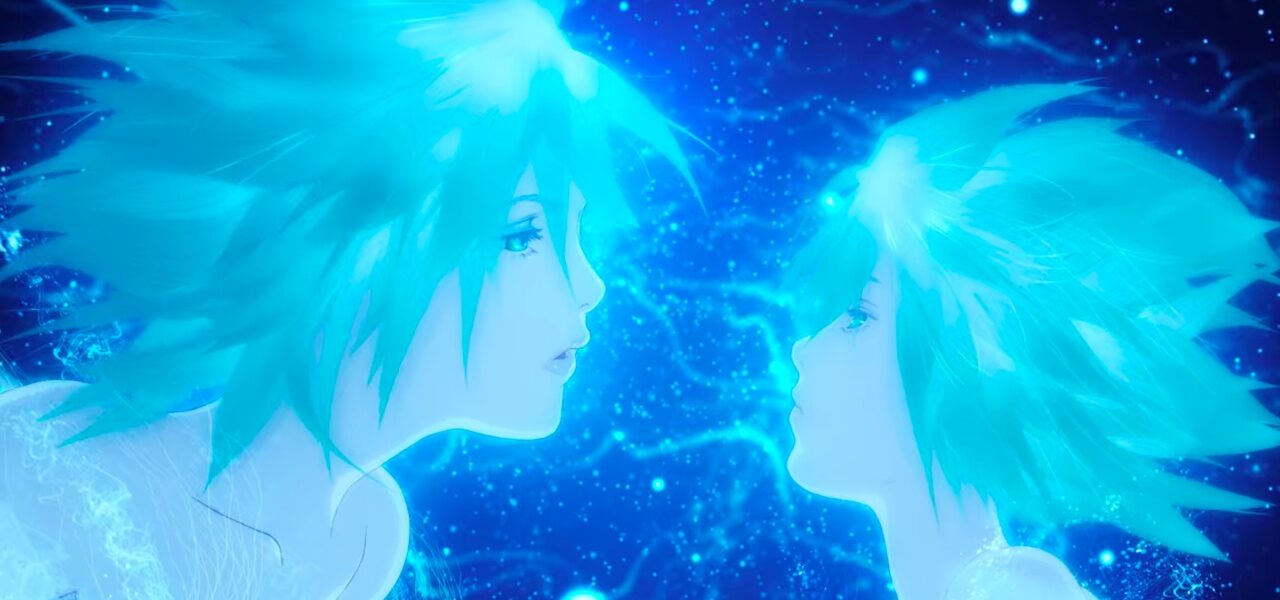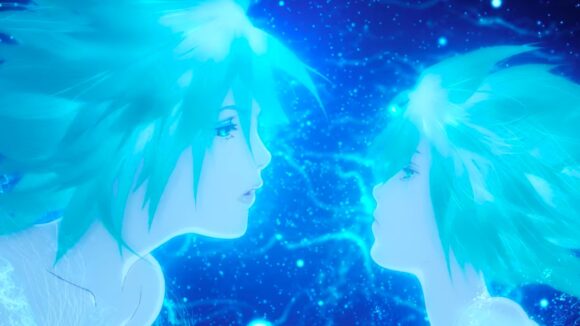

With ‘Sol Levante,’ Netflix And Production I.G. Aim To Change The Way Anime Is Made
In Japan’s animation industry, a 12-episode series can typically be turned around in two years, from writing to delivery. But for Netflix and Production I.G., that’s the time it took to make a single three-minute film.
To be fair, they set themselves a high bar. Sol Levante, which debuts today on Netflix, is a flamboyant slice of high fantasy that follows a warrior’s journey through mystical realms. It is also an attempt to redefine the workflow of anime production.
The film is made in the ultra-high-definition 4k resolution, using a technique known as high dynamic range (HDR), which expands the detail, contrast, and color range of the image. Netflix has previously remastered anime, Knights of Sidonia and Flavors of Youth, to be displayed in HDR, but Sol Levante was conceived from scratch to harness its full capabilities.
These technologies are far from standard in anime, and it took considerable training and improvisation — not to mention suitable hardware — to make the film. Netflix’s Creative Technologies division, which focuses on research and development, collaborated closely with storied studio Production I.G. (Ghost in the Shell) to make it work. In a blog post, the streaming platform runs through the creative opportunities opened up by its approach.
But it also acknowledges the challenges. At the simplest level, 4k necessitates digital drawings — pencil lines would reveal unwanted details when blown up to this resolution — but many animators in Japan are used to working on paper. In any case, the freelancers and service studios that are integral to anime production tend to lack the necessary equipment to work in 4k and HDR.
Even with the gear in place, Production I.G.’s artists had to rethink much of their creative process in order to do justice to the detail of the image. Everything from line thickness to skin tone was affected. Even the narrative was contrived to show off the tech: in three minutes, it goes from dawn to darkness and back again, so as to display a full range of colors.
Sol Levante feels more like a proof of concept than anything else. It sells itself on spectacle, not story. Not everyone will be able to watch it as intended: while our phones, televisions, and monitors increasingly come equipped with 4k and HDR capability, many still don’t own such a screen. (Even if they do, they will need a Premium Plan account to watch the film in all its detail.)
Netflix recognizes that the film is essentially an experiment — it has even released the image and sound assets for artists to play with. But the film’s creators are confident that their approach could eventually be widely adopted. As director Akira Saitoh says, “4k HDR is like getting wings and an engine to see a new horizon where a new era is rising. We keep challenging ourselves and being innovative for the future.”

